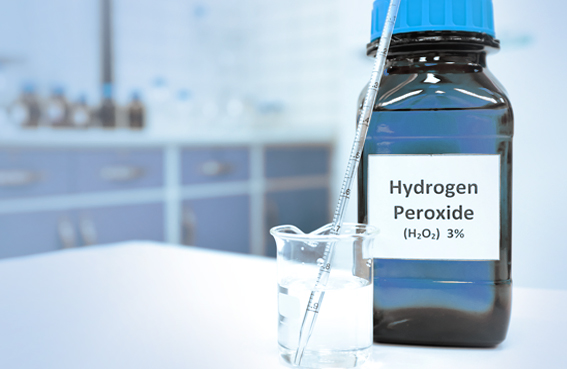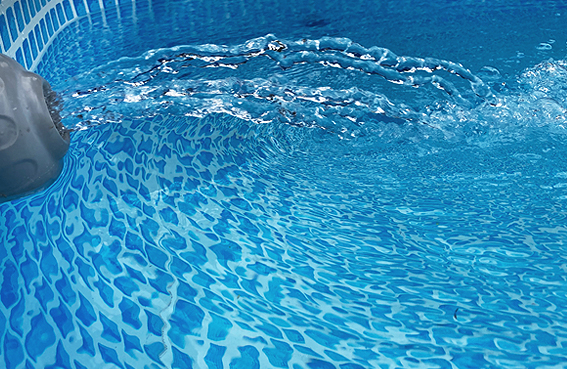MANISHA BISWAL 1 , PARAKRITI GUPTA 2 , CHARU SINGH 2 , SHASHI VIG 2 , P S SAINI 3
Abstract
Background: Hospital water is often an overlooked yet preventable source of hospital-acquired infections. CDC recommends annual cleaning of water reservoirs in health care settings. In our tertiary care hospital, periodic disinfection and microbiological surveillance of all the water tanks in hospital premises is carried out. The aim of this paper is to report the diversity of bacterial flora noted and the role of cleaning method adopted in our hospital.
Methods: This retrospective study was carried out from July 2015 to September 2020. Tanks were cleaned using hydrogen peroxide based method and swabs were collected, pre- and post-cleaning. Any growth noted was identified using MALDI-TOF MS.
Results: A total of 398 swabs were collected during this period. In pre-cleaning samples, 144 (72%) showed growth of 219 microorganisms. Gram-negative organisms (53.7%, 116/216) were more frequently isolated than Gram-positive organisms (46.3%, 100/216). Although the overwhelming majority is generally regarded as non-pathogenic, a few pathogenic bacteria were also recovered. No bacteria were isolated in any of the post-cleaning samples.
Conclusions: Diverse bacteria colonize water tanks over time, some of which are known to cause infections. Hydrogen peroxide is a simple and highly efficacious method of water tank disinfection. More such studies are required with other disinfectants to generate evidence with the ultimate aim of increasing safety of water supplied in hospitals.
National Library of Medicine - Institutes of Health (Public Study)
National Library of Medicine - Institutes of Health (Public Study)


